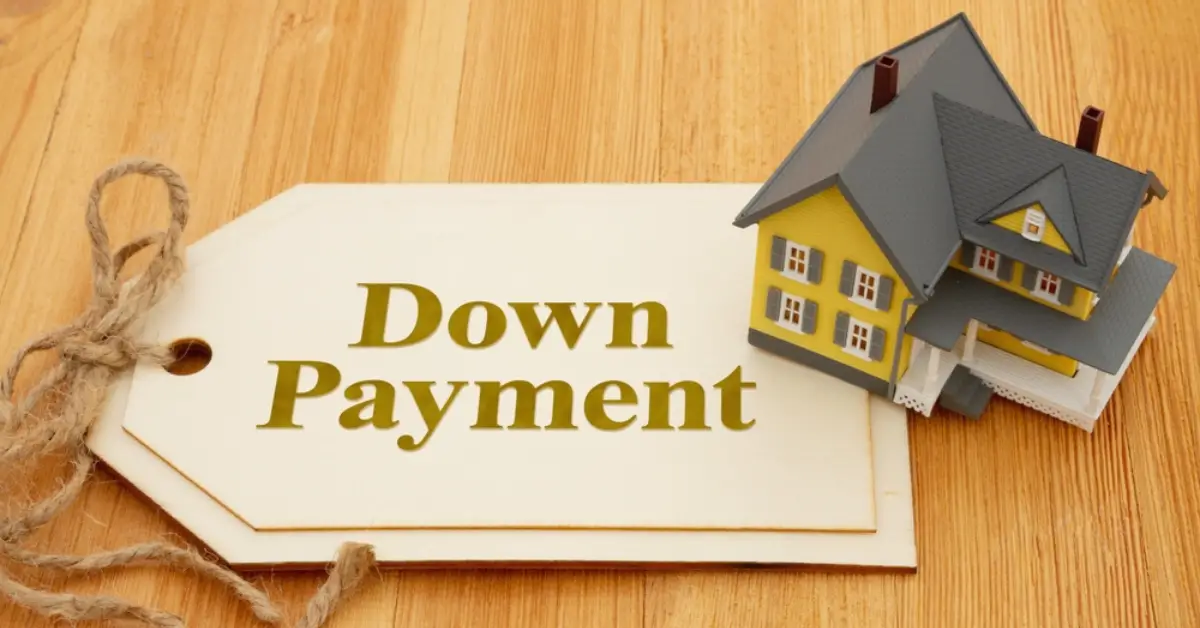Struggling to save for a down payment on a house in the US? Discover expert tips and strategies to reach your goal faster. Learn how to boost your savings, reduce debt and secure your dream home. Read now!
Understanding the Basics of a Down Payment
Saving for a down payment on a house can feel like climbing a mountain, but understanding the basics can make the journey smoother. So, what exactly is a down payment, and why is it so important?
What Is a Down Payment?
A down payment is the initial sum of money you pay when purchasing a home. It’s a percentage of the home’s purchase price, typically ranging from 3% to 20%. The down payment reduces the amount you need to borrow, which, in turn, lowers your mortgage payments.
Why Is a Down Payment Important?
The down payment is crucial because it shows lenders you’re financially responsible. The more you put down upfront, the less risk the lender takes on, which can translate to better loan terms for you. It also impacts your loan-to-value ratio (LTV), a critical factor in determining mortgage rates.
How Much Do You Need for a Down Payment?
The amount needed varies depending on the type of mortgage you choose. For instance, FHA loans might require as little as 3.5% down, while conventional loans may ask for 20% to avoid private mortgage insurance (PMI). Knowing how much you need will help you set a clear savings target.
Assessing Your Financial Situation
Before diving into saving, it’s essential to assess your current financial situation. This step ensures you’re starting on solid ground.

Evaluating Your Current Savings
Take a good look at your savings account. How much have you already set aside? This will give you a sense of how much more you need to save. If you’ve been saving diligently, you might be closer to your goal than you think!
Calculating Your Monthly Budget
Your budget is your financial roadmap. List all your income sources and expenses. Are there areas where you can cut back? Understanding where your money goes each month will help you identify potential savings.
Understanding Your Debt-to-Income Ratio
Your debt-to-income (DTI) ratio is a key metric lenders use to determine your borrowing capacity. It’s the percentage of your monthly income that goes toward debt payments. A lower DTI ratio increases your chances of getting approved for a mortgage with favorable terms.
Setting a Realistic Savings Goal
Now that you’ve assessed your finances, it’s time to set a realistic savings goal. This involves determining your timeline, calculating the total amount needed, and adjusting based on market conditions.

Determining Your Timeline
How soon do you want to buy a house? Whether it’s in two years or five, your timeline will influence how aggressively you need to save. The shorter the timeline, the more disciplined you’ll need to be.
Calculating the Total Amount Needed
Beyond the down payment, don’t forget to factor in closing costs, moving expenses, and an emergency fund. These additional costs can add up, so it’s wise to save a bit more than just the down payment.
Considering Additional Costs
Closing costs, typically 2% to 5% of the home’s purchase price, can be a surprise if you’re not prepared. Include these in your savings goal to avoid scrambling for funds at the last minute.
Also Read – Philanthropic Financial Planning
Adjusting Your Goal Based on Market Conditions
The housing market fluctuates, and so should your savings goal. If home prices in your desired area are rising, you might need to adjust your target amount accordingly. Staying flexible will help you stay on track.
Effective Saving Strategies
With your goal set, the next step is implementing effective saving strategies. Automating your savings, cutting unnecessary expenses, and boosting your income are great places to start.
Automating Your Savings
Set up automatic transfers to your savings account. Treat it like a bill that must be paid every month. This way, you’re consistently building your down payment without even thinking about it.
Cutting Unnecessary Expenses
Take a hard look at your spending habits. Are there expenses you can trim? Reducing unnecessary costs can free up more money to funnel into your down payment savings.
Reducing Subscriptions and Memberships
Subscriptions can be sneaky budget eaters. Cancel any you don’t use regularly. Those small monthly fees can add up to significant savings over time.
Cooking at Home More Often
Dining out frequently can drain your wallet. By cooking at home, you can save a substantial amount each month. Plus, it’s healthier, which is a bonus!
Boosting Your Income
If cutting expenses isn’t enough, consider boosting your income. There are several ways to earn extra money, and every little bit helps.
Taking on a Side Gig
Whether it’s freelancing, pet-sitting, or driving for a rideshare company, a side gig can provide a valuable income boost. It might require some extra time and effort, but the payoff is worth it.
Selling Unused Items
Got items collecting dust? Sell them! Online marketplaces make it easy to turn clutter into cash. This strategy not only adds to your savings but also helps you declutter your future home.
Leveraging Employer Benefits
Some employers offer benefits that can help you save for a home. Look into any programs your company might offer and take full advantage of them.
Exploring Financial Assistance Programs
There are various financial assistance programs available to help first-time homebuyers. These can make a significant difference in how much you need to save.

First-Time Homebuyer Programs
Many states offer programs specifically for first-time homebuyers. These often include down payment assistance or favorable loan terms. Do some research to see what’s available in your area.
Government Grants and Loans
The federal government offers grants and loans that can help reduce your down payment burden. FHA loans, VA loans, and USDA loans are popular options worth exploring.
Employer-Sponsored Programs
Some employers provide down payment assistance as part of their benefits package. This is more common in larger companies, so it’s worth asking your HR department about any such programs.
Avoiding Common Pitfalls
Saving for a down payment is challenging, but it’s important to avoid common pitfalls that could derail your efforts.
Also Read – Tips for Paying Off Your Mortgage Faster in the US
Dipping into Your Savings
It’s tempting to dip into your savings for non-essential purchases, but resist the urge. Keep your down payment fund separate from your regular savings to avoid temptation.
Ignoring Your Credit Score
Your credit score plays a significant role in securing a mortgage. While saving, make sure you’re also working on improving or maintaining a good credit score.
Overestimating Your Financial Capacity
Be realistic about what you can afford. Stretching yourself too thin financially can lead to stress and potential financial hardship down the road.
Staying Motivated Throughout the Process
Saving for a down payment is a marathon, not a sprint. Staying motivated is crucial to reaching your goal.

Tracking Your Progress
Regularly check your progress to see how close you are to your goal. Use a savings tracker or app to visualize your journey. This can be incredibly motivating!
Celebrating Small Wins
Don’t forget to celebrate the small victories along the way. Whether it’s reaching a savings milestone or paying off a debt, acknowledging your progress keeps you motivated.
Visualizing Your Future Home
Picture yourself in your new home. This mental image can be a powerful motivator, especially on days when saving feels tough.
Conclusion: Putting It All Together
Saving for a down payment on a house in the US is no small feat, but with a clear plan, disciplined saving habits, and a few strategic adjustments, it’s entirely achievable. By understanding the basics, assessing your finances, setting realistic goals, and staying motivated, you’ll be well on your way to homeownership. Remember, every dollar saved brings you one step closer to turning your dream into reality.Tips for Saving for a Down Payment on a House in the US
FAQs
How much should I save for a down payment on a house?
The amount you should save for a down payment depends on the type of mortgage you choose and the price of the home. Typically, aiming for 20% of the home’s price is ideal, but some loans require as little as 3% to 5%.
Are there programs to help with down payments?
Yes, there are several programs designed to assist first-time homebuyers, including government grants, loans, and employer-sponsored down payment assistance programs.
Can I use a gift as part of my down payment?
Yes, many lenders allow the use of gift funds for a down payment, provided you document the source and confirm that it’s a gift, not a loan.
How can I improve my credit score while saving for a down payment?
To improve your credit score, make sure to pay all bills on time, reduce your credit card balances, avoid opening new credit accounts, and regularly check your credit report for errors.
What happens if I don’t have 20% for a down payment?
If you don’t have 20% for a down payment, you can still purchase a home, but you may need to pay for private mortgage insurance (PMI) until you reach 20% equity in the home. Some loan programs, like FHA loans, require lower down payments.

